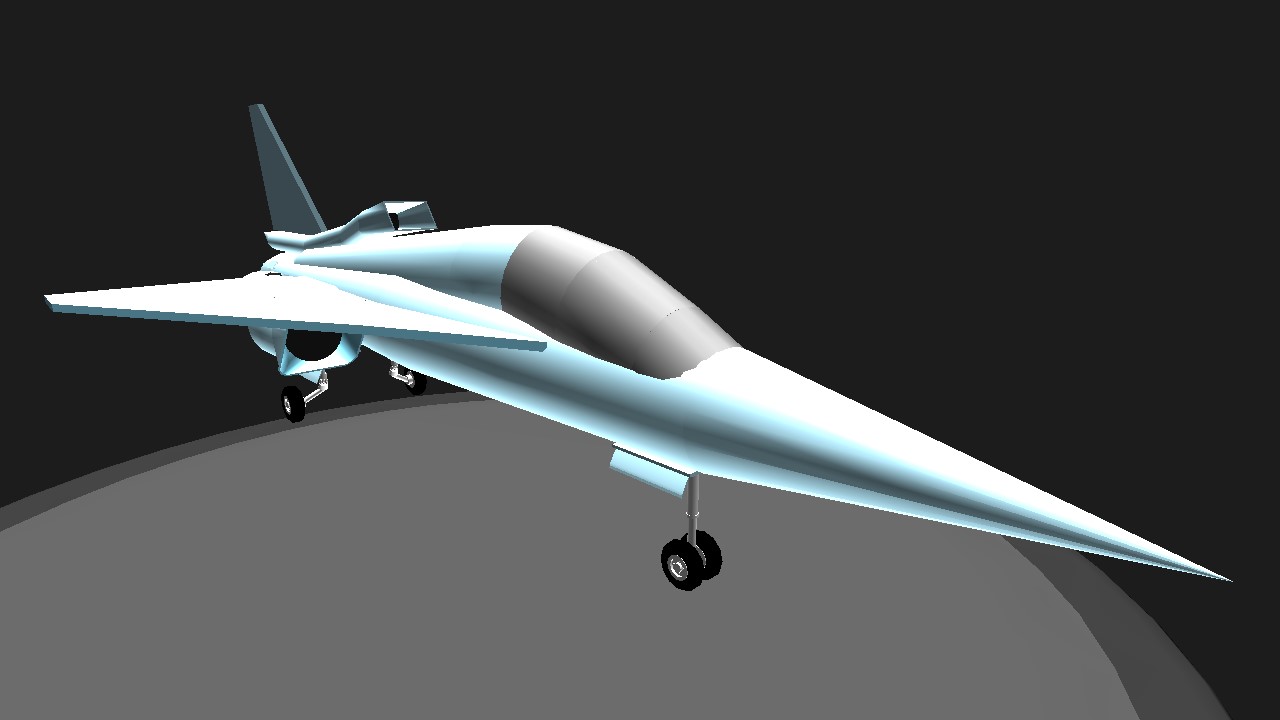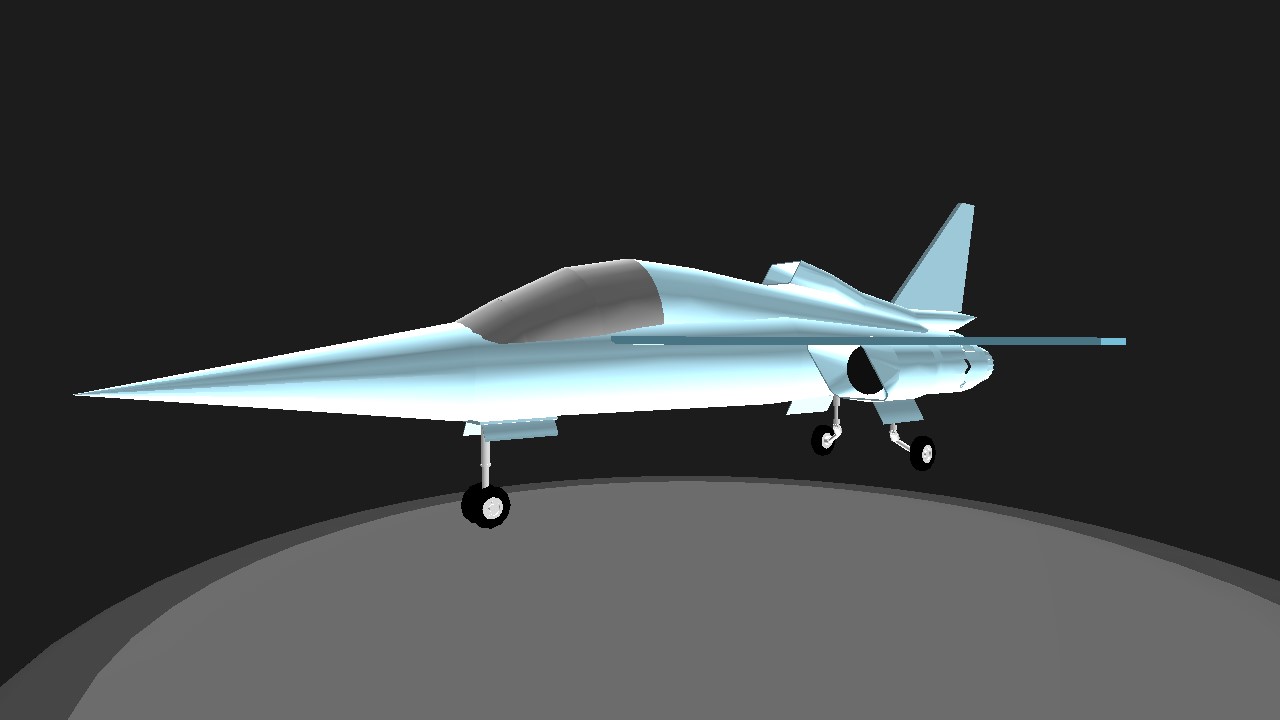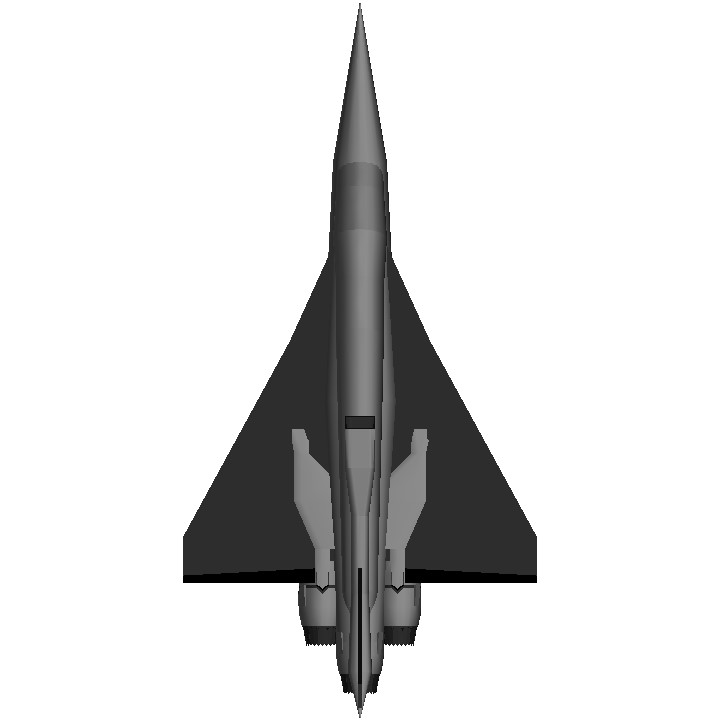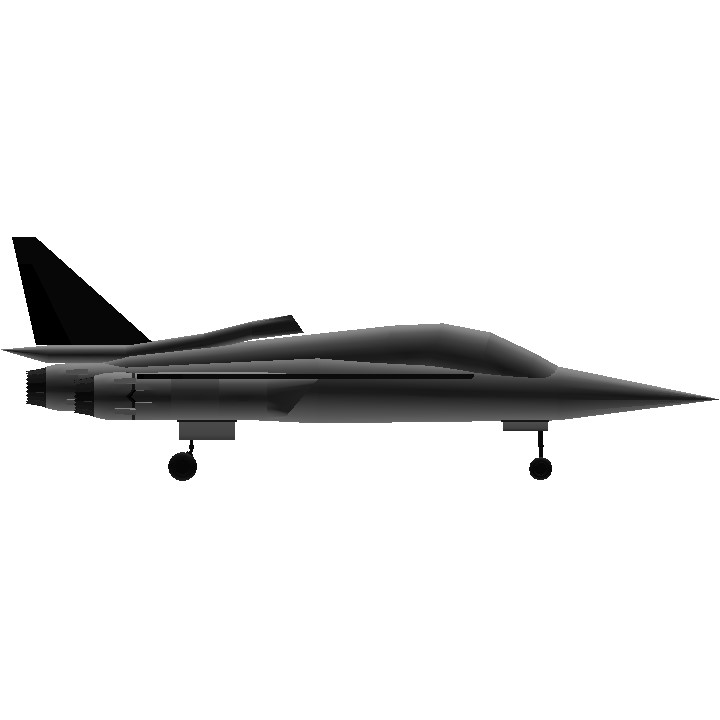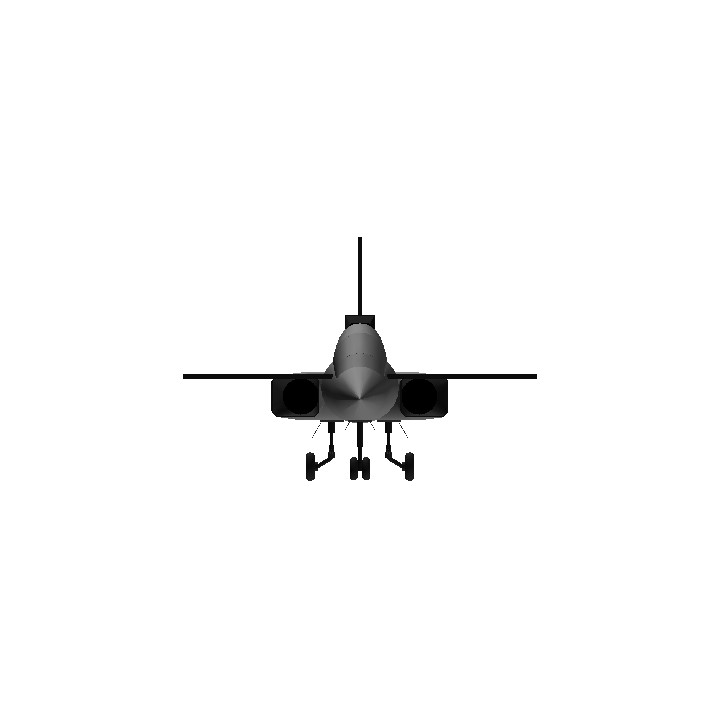--- Wiki ---
The XB-1 "Baby Boom" one-third-scale supersonic demonstrator is powered by three General Electric CJ610 turbojets (a civilian J85). Its design was unveiled in Denver on November 15, 2016. By April 2017, enough financing was secured to build and fly it. Its preliminary design review was completed by June 2017 for late 2018 flight tests. In 2017, the composite wing spar was load tested while being heated in an hydraulic testbed in an oven reaching 300 °F (149 °C), above the heat soak operational temperature. It should fly supersonically in 2019. It is 68 ft (21 m) long, has a 17 ft (5.2 m) wingspan and a 13,500 lb (6,100 kg) maximum take-off weight. Powered by three 3,500 lbf (16 kN), non-afterburning General Electric J85-21 engines with variable geometry inlets and exhaust, the prototype should be able to sustain Mach 2.2 with more than 1,000 nmi (1,900 km) of range. Constructed of lightweight composites, it has a two-crew cockpit, chined forebody and swept trailing edges.
--- WARNING ---
Due to the way I've attempted to arrange the COG/COG/COT, the plane tends to need a lot of trim work to maintain a straight and level flight path.
This is my attempt at building the XB-1 Prototype from Boom Technology. It is their testing and development for their supersonic airliner, set to be released in 2023. I'm extremely happy with the outcome of this plane, as it's probably my most stable and flyable delta-wing plane I've ever created.
More information:
https://boomsupersonic.com/xb-1/ https://en.wikipedia.org/wiki/BoomTechnology#XB-1Baby_Boom
Specifications
Spotlights
- JohnnyBoythePilot 7.7 years ago
General Characteristics
- Successors 1 airplane(s)
- Created On Mac
- Wingspan 23.9ft (7.3m)
- Length 49.2ft (15.0m)
- Height 16.5ft (5.0m)
- Empty Weight 18,590lbs (8,432kg)
- Loaded Weight 31,059lbs (14,088kg)
Performance
- Power/Weight Ratio 3.255
- Wing Loading 72.4lbs/ft2 (353.3kg/m2)
- Wing Area 429.2ft2 (39.9m2)
- Drag Points 5064
Parts
- Number of Parts 37
- Control Surfaces 5
- Performance Cost 379

